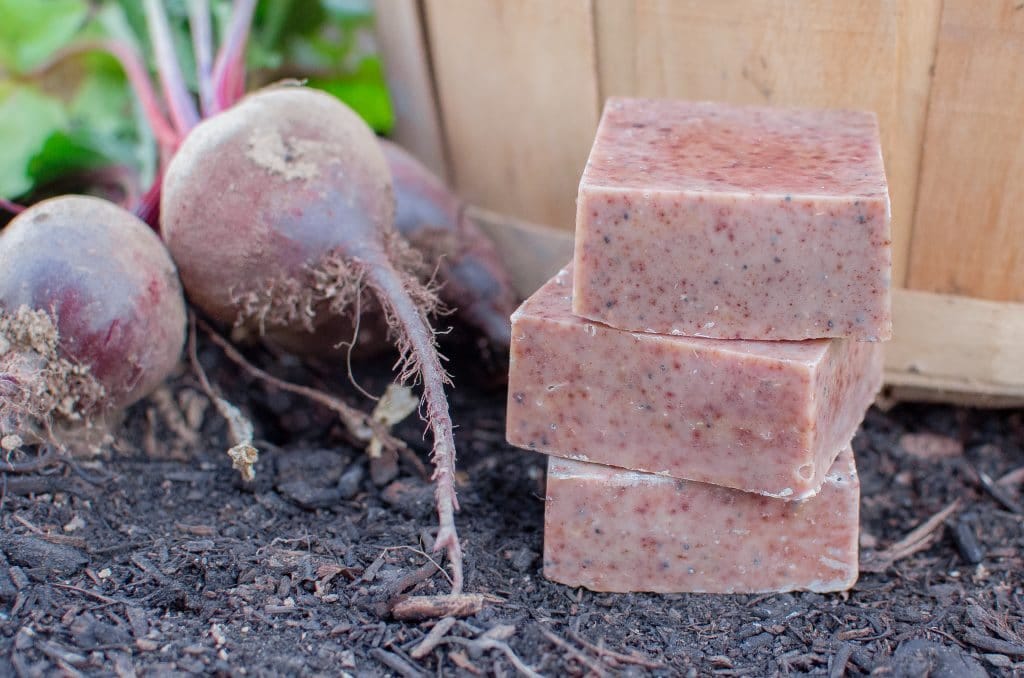Soap Making
Cold Process Soap Recipes
Cold process soap making is an easy way for homesteaders to use excess fat production and turn it into something useful while, at the same time, decreasing dependency on the products they use daily.
Moreover, soap making can be a wonderful expression of creativity, beauty, and simplicity. As a homestead herbalist, the challenge of discovering new ways to incorporate herbs and flowers into handcrafted soap is fun with a side perk of being beneficial for your skin.
While it’s easy to think the best bar of soap for a homestead is one using all tallow or lard, each type of oil used in a recipe imparts different qualities to the soap. 100% tallow and lard soaps are not very cleansing and will leave you disappointed with your homemade soap. For this reason, you’ll find my soap recipes have a combination of oils that work together to create bars that are cleansing, moisturizing, long-lasting, and include a creamy, bubbly lather.
Many people will suggest that milk soaps are best made with goat milk. That’s not true! You can substitute the liquid portion of any soap recipe with whatever milk you choose. No need to get a goat! The theory is that goat’s milk has a pH closer to that of our skin. But the difference between goat’s milk and other types of milk is negligible. In all animals, the pH of milk varies depending on their point in lactation, health, and feed. So use the milk you have!
All of my articles on soapmaking, found below, carefully walk you through the process so you have the confidence to make your own soap and the courage to branch off and start experimenting once you’ve mastered the basics! If you’re pinched for time and materials, I suggest the Basic Tallow Soap (I make mine with milk) or the Simple Lard Soap. The former is what I make most often for my family and it’s frankly the best soap I’ve ever used.
*Note- I have noticed that Reformation Acres is changing some of the content in the articles I wrote so I can only vouch for the recipes if you use the archived links below.










